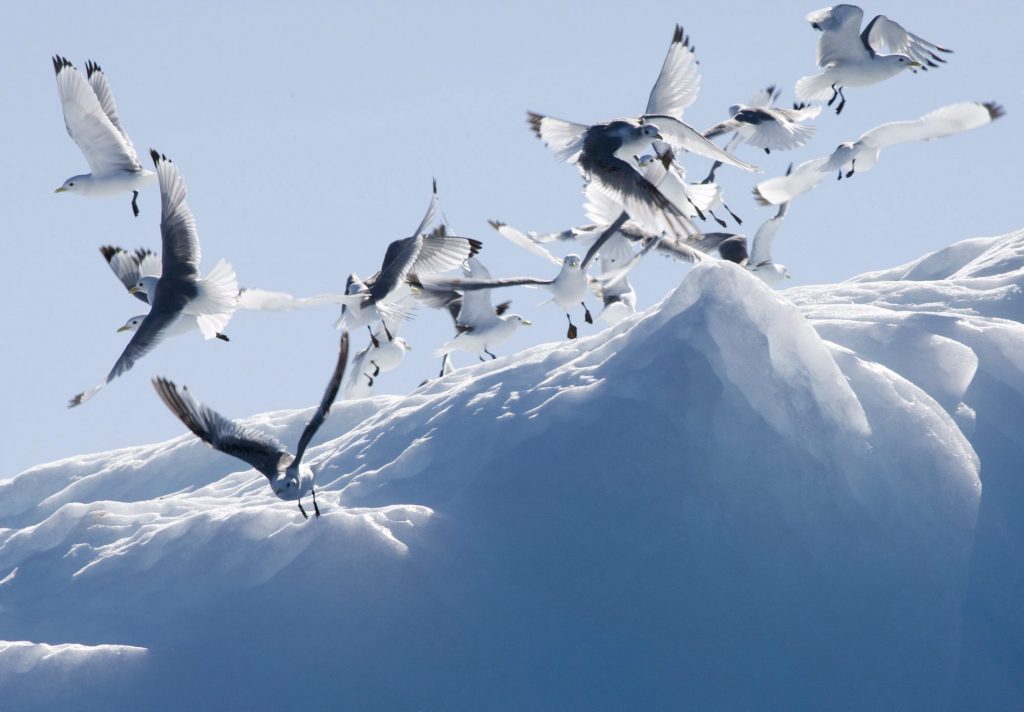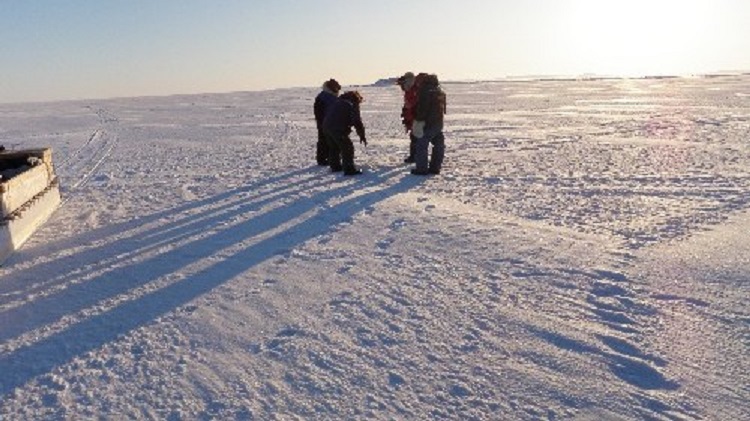Conservation an important path forward for Nunavut’s economy, says report

Protecting and preserving the marine environment in the Arctic can play an increasingly important role in Nunavut’s economy, while at the same time safeguarding local traditions by integrating hunting, trapping, and fishing into the fabric of the territory’s development plans, says a report released on Monday.
“For Inuit communities in Nunavut, this approach also ensures that local economic prosperity is rooted in traditional values,” said the report, put together by the Smart Prosperity Institute, a think tank at the University of Ottawa, along with the Nunavut community of Taloyoak, the Taloyoak Umaruliririgut Association (the local hunters and trappers association), and WWF—Canada.
“To realize the full potential of investing in Nunavut’s blue conservation economy, there is an opportunity to learn from recent success stories and showcase the clear connection between marine
conservation and local economic development.”
Case studies for success
Supporting the Inuit Guardians program is just one example of the kind of progress that has been made in recent years, said the report.

The Indigenous Guardians program was launched by the federal government in 2017. It’s goal was to fund Indigenous People’s conservation efforts and initiatives to protect the lands, ice and waters in their respective areas.
No one from Hamlet of Taloyoak could be reached Monday for comment on the report and the Taloyoak Hunters and Trappers Association said no one was immediately available for an interview. But the report said the guardian program had already shown important returns.
“Investments in Inuit Guardians programs are estimated to generate similar returns to those observed elsewhere in northern Canada — more than a twofold return for every dollar of investment,” the report said.
“Guardians programs in Taloyoak and in communities around Tallurutiup Imanga are already estimated to have generated a return on investment of $27 million.”

The Tallurutiup Imanga National Marine Conservation Area covers 109,000 km2 in northeastern Nunavut.
The federal government and and the Qikiqtani Inuit Association (QIA) signed an Inuit Impact and Benefit Agreement in 2019 investing $55 million from 2019 to 2026 with $39 million going towards Inuit-led stewardship and conservation programs, the report said.
“”[Tallurutiup Imanga] demonstrates how we have a conservation initiative to protect the marine environment but that goes along with creating jobs that are tied to the protection of that area through the Guardians Program,” Erin Keenan, Senior manager, Arctic Marine Conversation at WWF-Canada said in a phone interview.
“It’s also trying to build up other kind of economic activities in those communities through things like harbors and other types of infrastructure that can support other conservation economy type activities like fisheries and hunting activities.”
Rethinking resource development as the only way
With conversations around economic development in the Arctic long dominated by things like resource extraction, Keenan says she hopes the report helps move the conversation towards the kinds of activities that can provide long-term sustainable development while supporting cultural protection.
“There’s an attitude that establishing a protected area, or other types of conservation activities, are going to take away jobs, or take away the opportunity for future economic development,” she said. “The biggest obstacle is an attitude that we need industrial development or we can’t address the economic challenges of Nunavut.”

Making sure local communities are involved in conservation is win-win, both for community members and the environment, Keenan said.
“Indigenous communities all across Canada are grappling with these same issues and exploring a similar model in terms of trying to create jobs in their communities through guardians programs that are tied to conserving local resources or establishing indigenous protected and conservative areas,” she said.
“And if we can follow this to where it’s really lead locally, and meeting people’s needs across a whole suite of issues, that’s also a more effective way to achieve our conservation goals.”
Comments, tips or story ideas? Contact Eilís at eilis.quinn(at)cbc.ca
Related stories from around the North:
Canada: COP15: Indigenous-led conservation key to ensuring biodiversity goals says ICC, Eye on the Arctic
Finland: Conservationists find more critically endangered Arctic fox cubs in Finnish Lapland, Yle News
Norway: Climate change hits back at Svalbard, coal mine flooded by melting glacier in Norway, The Independent Barents Observer
Russia: Oral histories unlock impact of climate change on nomadic life in Arctic Russia, says study, Eye on the Arctic
Sweden: Extra billions to SAS – but with stricter climate requirements, Radio Sweden
United States: Conservation groups sue government over Alaska mining road, The Associated Press



